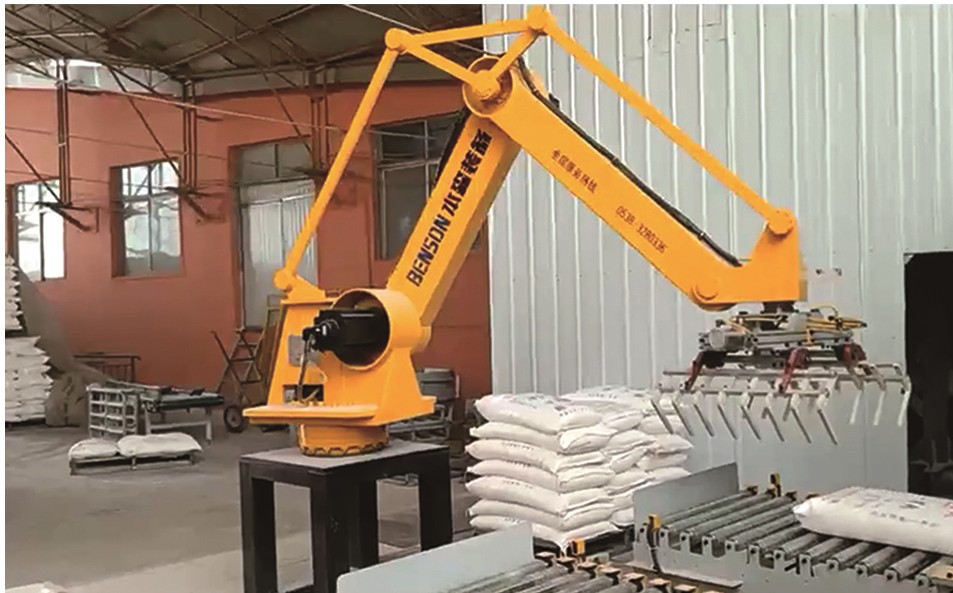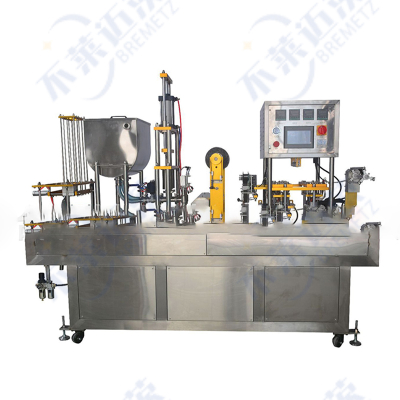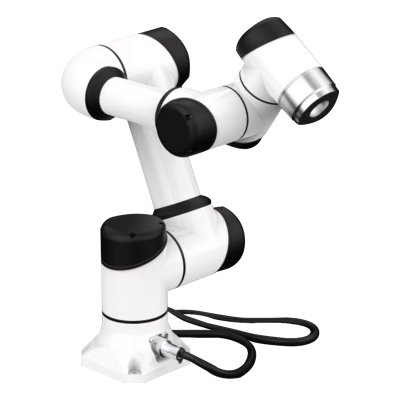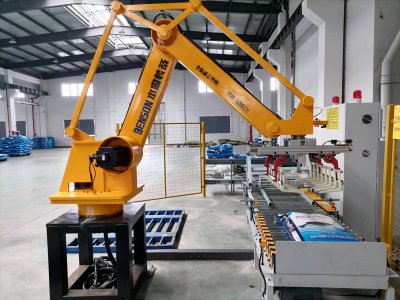What is the development trend of welding collaborative robots?
Intelligent and autonomous: Through the introduction of artificial intelligence and machine learning algorithms, welding robots will have stronger independent learning and adaptability, and can better adapt to different welding tasks, realize independent identification of welding objects, automatic adjustment of welding parameters, further improve production efficiency and welding quality, and improve independent decision-making ability.
Man-machine collaboration: Improving the efficiency and safety of man-machine collaboration is an important development direction in the future. Welding robots will be more integrated into the human working environment, complete tasks with humans, and reduce the threshold of robot operation, such as the realization of a full Chinese operating system.
Technology integration: Continue to integrate AI, Internet of things and other advanced technologies to make welding robots more intelligent and autonomous. The application of these technologies will enable it to better adapt to the complex production environment and process requirements.
Flexible manufacturing: Future welding robots will be more flexible, able to adapt to a variety of production environments and process needs, whether large-scale production or small-scale, non-standard, small batch, complex production environment, can quickly adjust and adapt to provide flexible solutions for the manufacturing industry.
Teaching free programming: teaching programming robots will be an important development direction in the future. Through sensor recognition and offline/online programming, it can adapt to non-standard, small batch, complex workpiece welding, greatly improving production efficiency and flexibility.
Sustainable development: pay more attention to environmental protection and energy saving, use more environmentally friendly materials and technologies, such as low-smoke, low-energy welding equipment and materials, in order to reduce environmental pollution and waste of resources, to achieve green and environmentally friendly production methods.
Digitalization: Promote the transformation and upgrading of the traditional steel structure welding industry, improve the proportion of robot welding applications, help improve production efficiency and welding quality, and achieve sustainable development.
With the continuous progress of science and technology and changes in market demand, the development of welding cooperative robots will also continue to promote and innovate, bringing new vitality and opportunities to the development of manufacturing industry.








